My friend Emeline went down to Haiti for our Public Health rotation and wrote a beautiful piece about it- I am so excited to share this will all of you! Sadly she sent me some amazing photos, but for whatever reason I’m having issues uploading. I just couldn’t wait to share the post- the pictures will be one their way! -Diana
Mesi Anpil, Ayiti
On May 13th, I was blessed with the opportunity to travel to Jérémie, Haiti (“Ayiti”) with 8 other nursing students to conduct a health intervention for school-aged children and assist the Haitian Health Foundation (HHF) in providing a variety of basic health services to women and school-aged children. Jérémie is a small, isolated city located on the western end of Haiti in the rural Grand’Anse region. We flew into Port-au-Prince on Friday afternoon, where we awaited for our charter flight (prop plane) to get ready to fly us to Jérémie. It was such a surreal feeling knowing that I had landed in the city that was the epicenter of the devastating January 2010 earthquake. I knew so much had changed that day for the Haitian people, but little did I know that so much was about to change in the next few days for me too, or how indescribable it would all seem to be when I returned home.
I was told the 1-hour puddle jumper flight to Jérémie could be quite nerve-racking, but half asleep and half in awe, the beauty of the island quickly predominated and carried any potential feelings of unease away. We landed in a dirt field where the Public Health Director of HHF met us to take us to her compound up in the mountains, also known as Place Charmant, where we would be staying for the next 8 days. There was music and singing going on all day and night from the city in preparation for inauguration (Saturday) and Flag Day (Thursday), which I would learn was one of many national holidays in which Haitians took pride.
For each health clinic, we would first meet with the health agents (community workers employed through HHF), introduce ourselves to the attendees, perform our health intervention “skit” on the cardiovascular system and hypertension, and then proceed to do our screenings (blood pressure, height, weight, anemia) and immunizations (tetanus). Our first stop was Dayere, a remote village WAY, WAY, WAYYY up in the mountains with no electricity or running water. I can honestly say that the steep, winding, bumpy, 2-hour ride up a dirt road with 10 of us piled in with all our overnight gear and medical supplies was definitely worth what was awaiting us over the next 2 days: 300+ girls and boys from 5 districts who had come to receive what for most would be their first encounter with health care. The sheer magnitude of attendees from so many remote areas spoke not only to what a small group of committed persons (HHF health agents) can accomplish, but also to the power of letting communities lead their own efforts for health change.
Next, we participated in an urban health clinic in the Caracolie neighborhood of Jérémie (Monday) and a rural health clinic in the village of Marfranc, located along the Grand’Anse river (Tuesday). Wednesday was Flag Day so we had the day “off” and spent most of the day at Sisters of Charity where we engaged with the orphans and with the adult residents on the opposite side of the compound. We made the men bright colored paper flowers to hang on their cots and painted the women’s nails in bright colors—which is all that it took to make their day! Later, we took a moment to exhale while we watched the Flag Day parade and relaxed at a breathtaking beach that was hidden away from the hustle of the “city”. In the evening, we had the opportunity to hear from a UN gender officer part of the MINUSTAH mission in Haiti who explained the work she has been conducting in Jérémie, and to hear a PAHO epidemiologist speak about her role in tracking cholera in the Grand’Anse region.
I spent Thursday at Sant Lespwa (Center of Hope) sitting in on prenatal classes and assisting a nurse with prenatal visits. After work, we had a tour of the Jérémie prison and hospital, both of which were extremely depressing. On Friday, we conducted our last health clinic in the village of Tessier. In the five days that we assisted HHF in their health clinics, we screened 544 boys and girls.
Overall, it was a phenomenal experience and I am amazed at how much was accomplished and how much I learned in just 8 days. Everyone we engaged with, from the HHF staff, to interpreters, to villagers, to community health agents, and more, were so committed to local health change and to the work of HHF. I have never been more impressed by any grassroots effort to affect health change either at home or abroad, and I have never been more inspired in my entire nursing school career than I was by the work of the Haitian Health Foundation. It was truly the trip of a lifetime that opened my eyes to the vast potential for health change in severely resource-limited settings and remote villages where people cannot read or write. There is so much to love about and learn from this tiny, vibrant island, from the warm and resilient Haitian people, and from the style and success of HHF. For all that I learned, and for helping inform my future role as a public health nurse, I say, mesi anpil (thank you very much), Ayiti.
I will miss you deeply, but hope to be back again soon.
With love,
Emeline
For more information about the Haitian Health Foundation, please visit: http://www.haitianhealthfoundation.org/
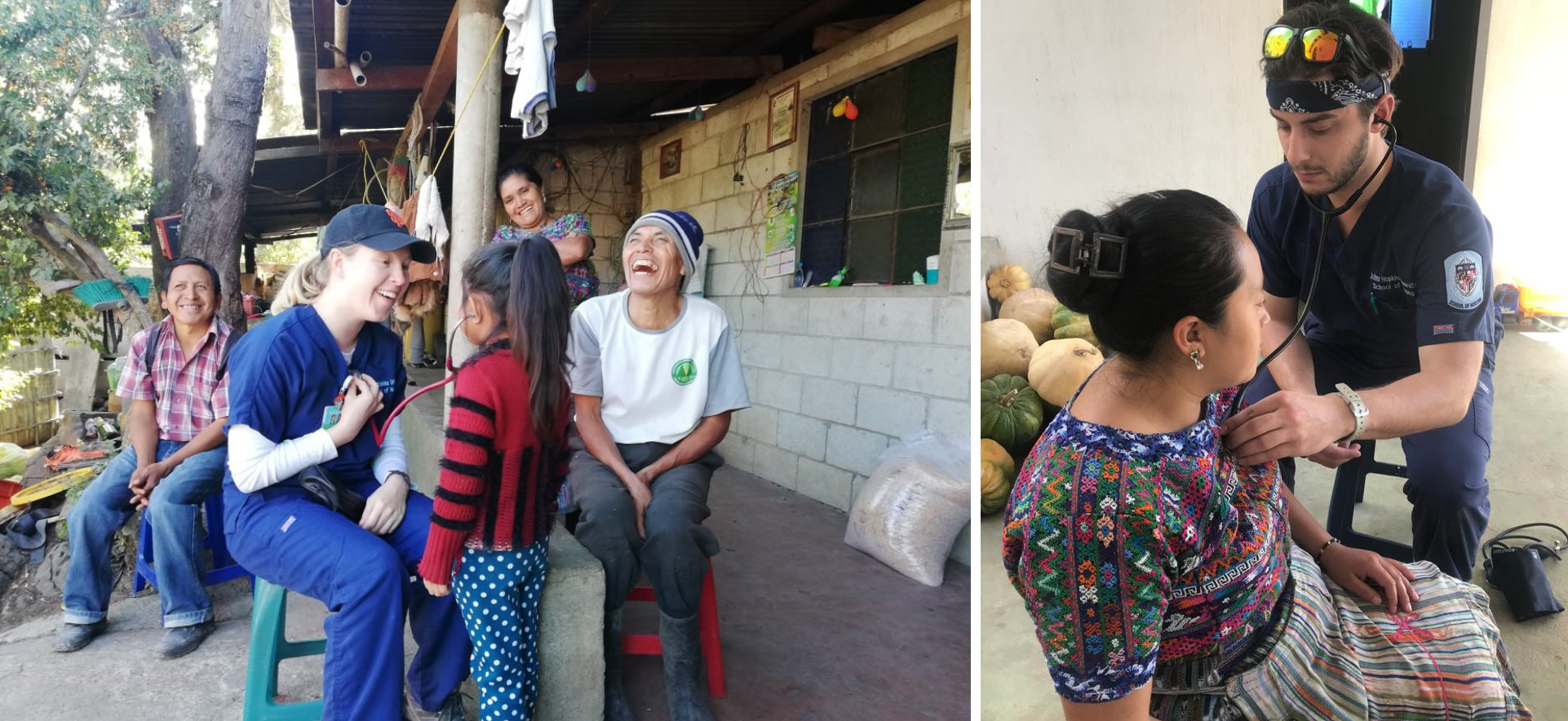 Guatemala Re-visited: Rainwater Project Shows Value of Service-learning Trips
Guatemala Re-visited: Rainwater Project Shows Value of Service-learning Trips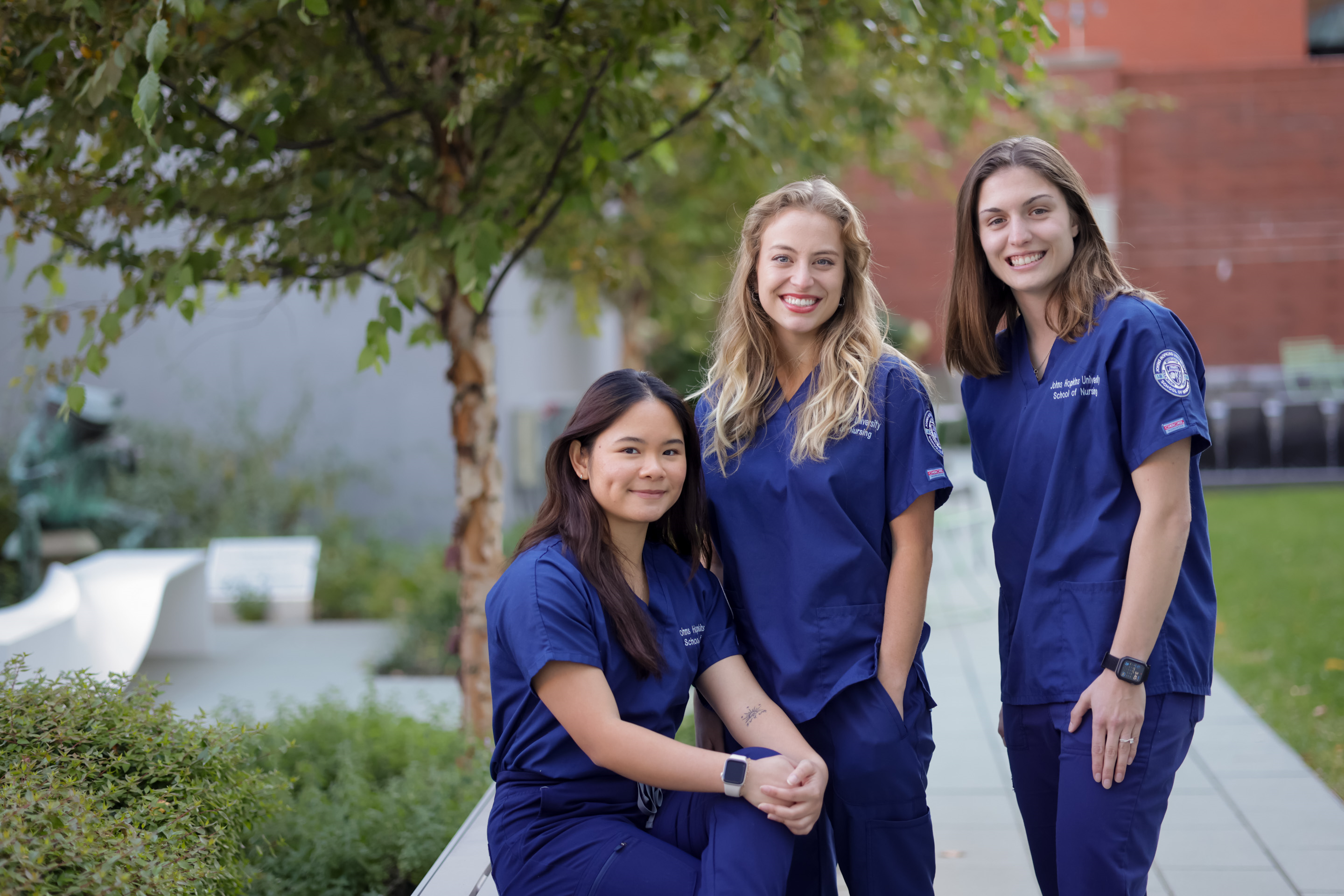 Military to MSN and Back: A Select Few
Military to MSN and Back: A Select Few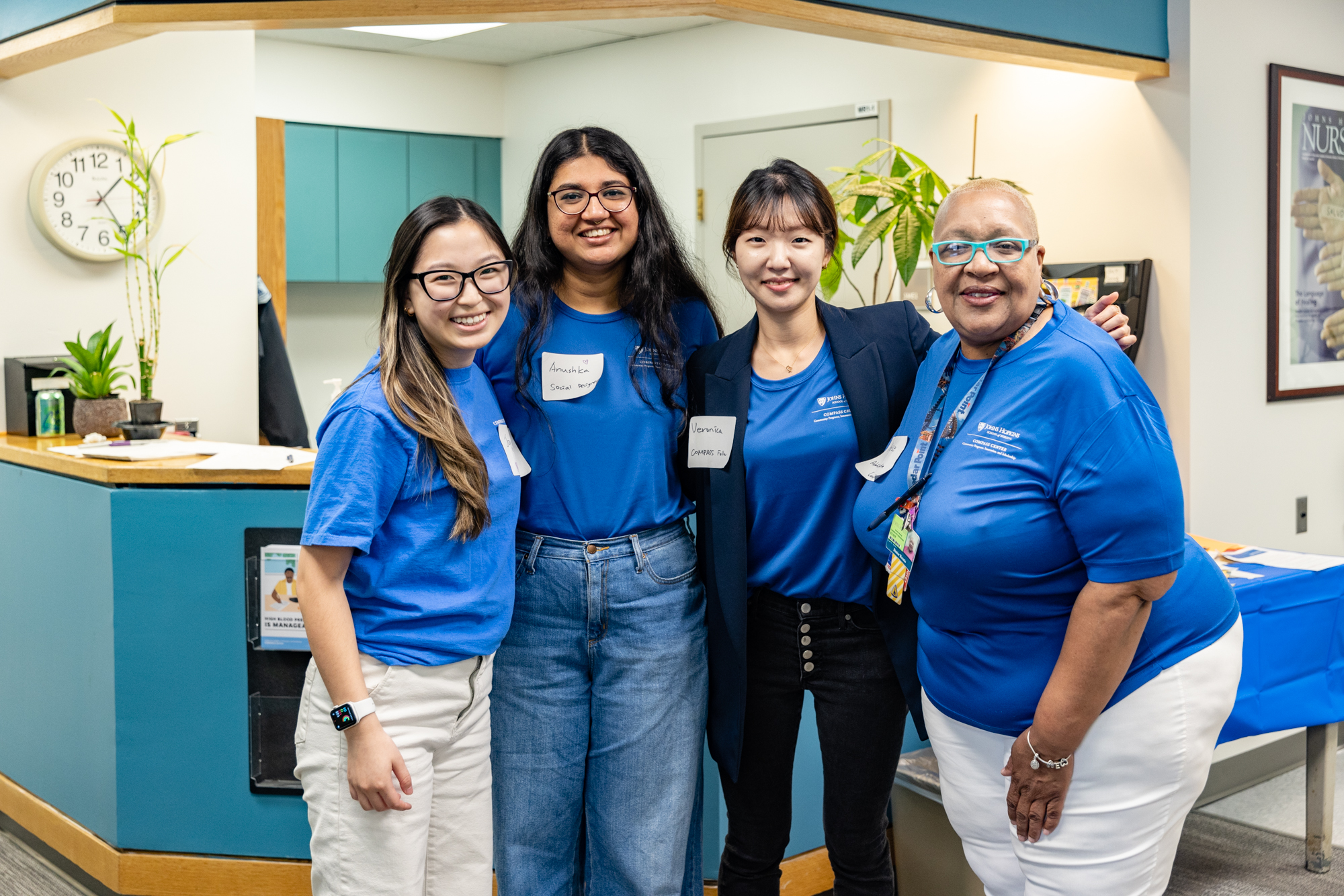 Wald Center Returns to Lead Community Care
Wald Center Returns to Lead Community Care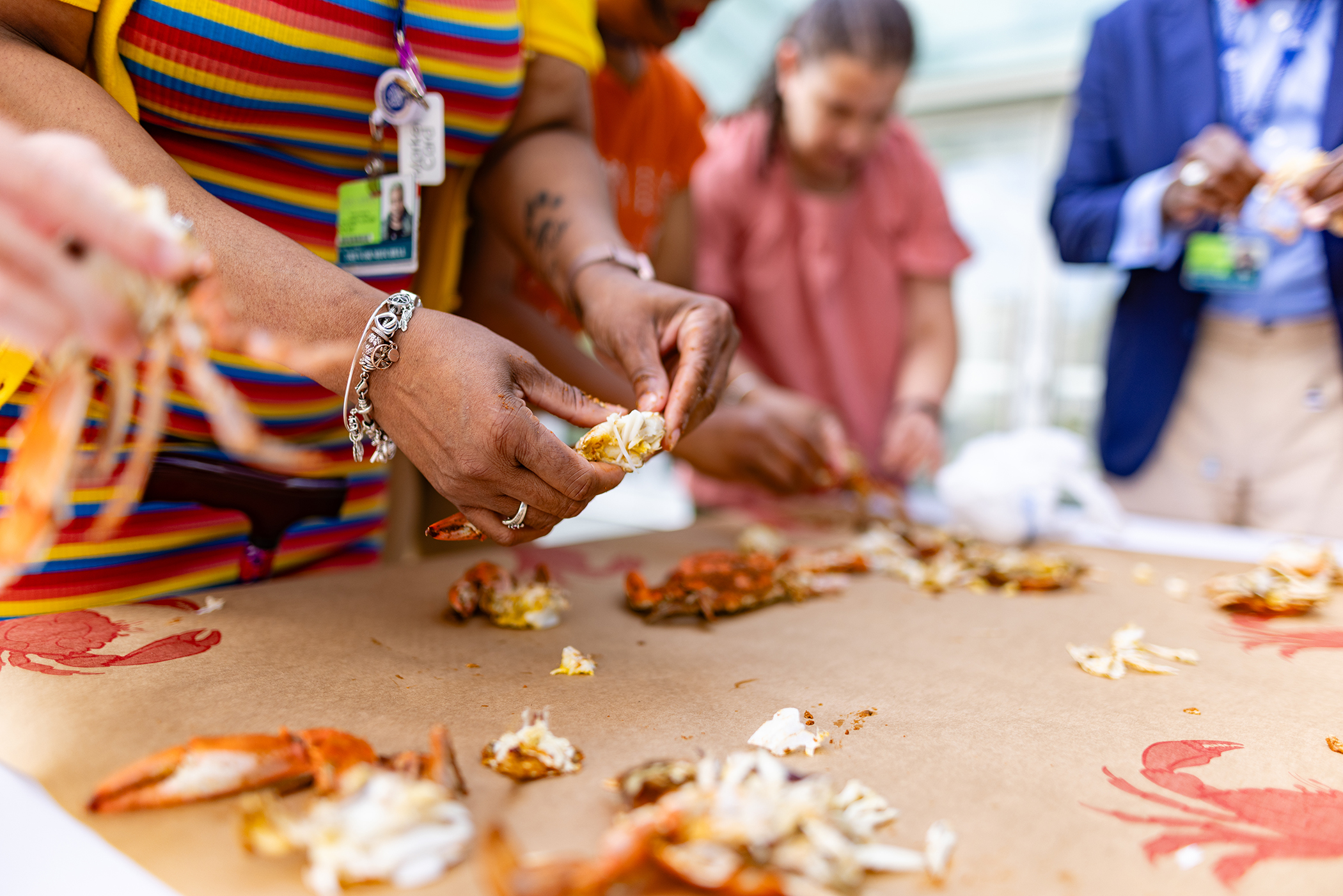 JHSON Highlights
JHSON Highlights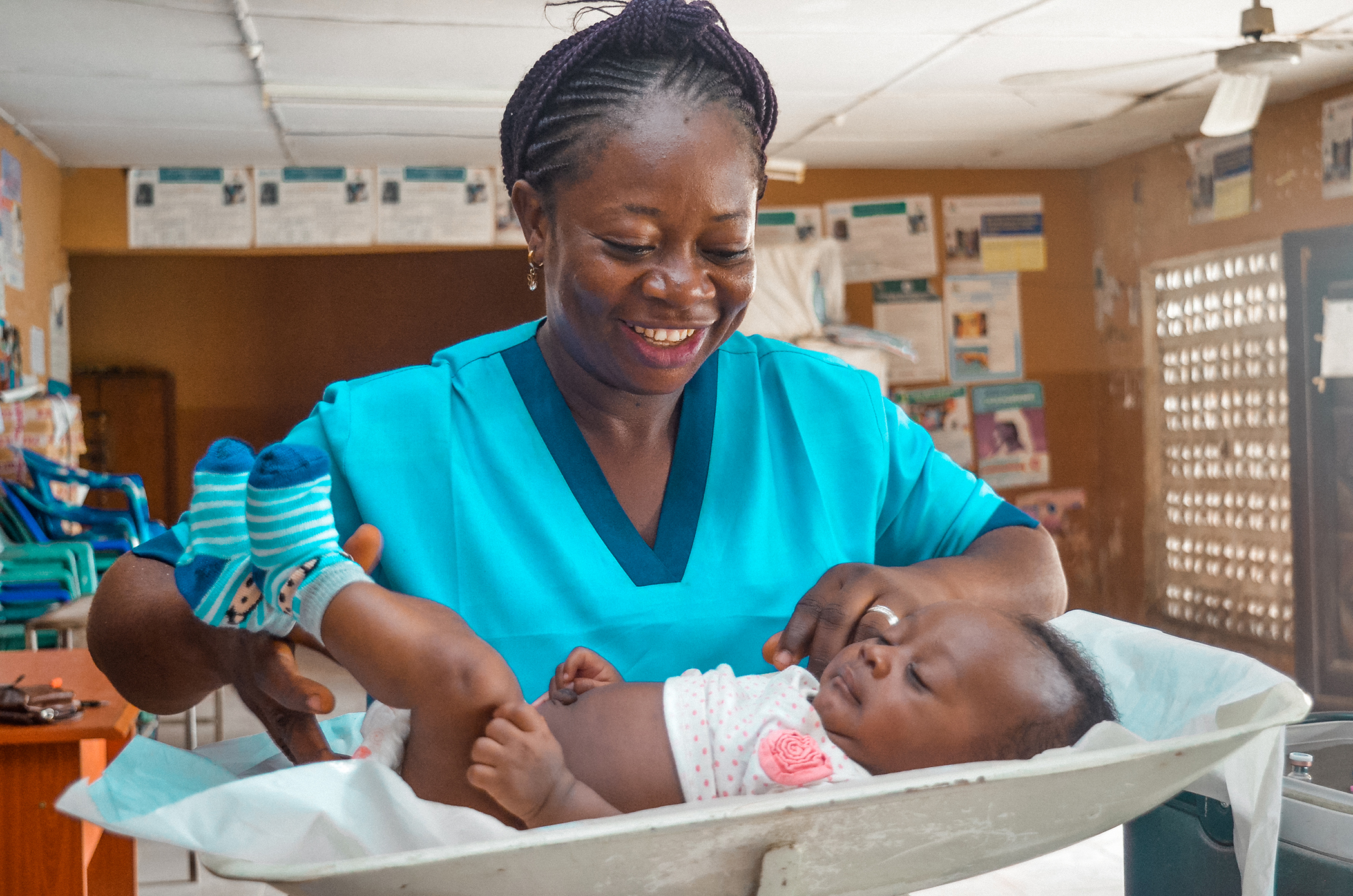 Nurse Edith Brings Primary Health Care to Everyone in Rural Nigeria
Nurse Edith Brings Primary Health Care to Everyone in Rural Nigeria







